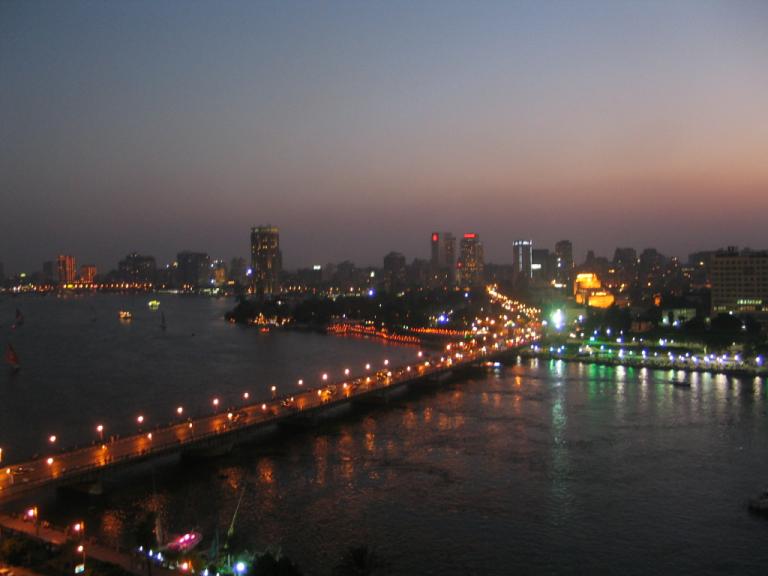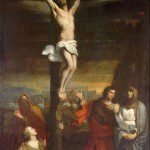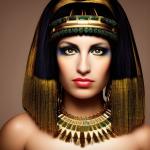
(Wikimedia Commons public domain)
This is the seventh installment of an article that I wrote for Richard C. Martin, et al., eds., Encyclopedia of Islam and the Muslim World, 2 vols. (New York: Macmillan Reference USA, 2004), on the subject of “Muslim Identity”:
Local patriotism did appear in Egypt, somewhat later than in Turkey, largely under the influence of Shaykh Rifa‘a Rafi‘ al-Tahtawi (d. 1873). In numerous odes and poems, al-Tahtawi, also fond of the formula “love of country is part of the faith,” praised Egypt, the Egyptian army and its soldiers, and the then-ruling dynasty of the khedives. While his works evince little or no interest in other Muslims or Arab-speakers beyond Egypt, the history and legacy of the pharaohs clearly fascinated him. They also served the complexly pan-Islamic purposes of al-Afghani, who praised the glories of pagan Egypt (as well as the ancient polytheistic Hindus) in polemics composed, unlike those of Kemal and the Young Ottomans, in Arabic. For their part, the khedives encouraged and even sponsored this new patriotism, since the cultivation of a distinctive Egyptian identity and personality so obviously furthered their own separatist ambitions, and the “National” or “Patriotic Party” (al-hizb al-watani) was founded in 1879. It cannot be maintained that the new Egyptian patriotism was wholly secular—for most of its advocates, Islam was an essential part of Egyptian identity—but it grounded a movement in which even non-Muslim Egyptians felt they could join. Thus, even prior to British occupation in 1882, the Christian journalist Selim Naqqash coined the slogan “Egypt for the Egyptians,” which was then popularized by the Jewish pamphleteer Abu Naddara and put into practical action by the Muslim soldier ‘Urabi Pasha. On the other hand, the Syrian intellectuals and others who had taken refuge in the relatively open society of Egypt were often marginalized as “intruders” (dukhala’) by prominent Egyptian patriots.
Significantly, it was chiefly Syrian immigrants who brought the idea of political Arabism to khedivial Egypt. Prominent among these were ‘Abd al-Rahman al-Kawakibi (d. 1902), perhaps the first to demand an Arab state headed by an Arab caliph independent of Ottoman Turkish rule, and Muhammad Rashid Rida (d. 1935). On the whole, however, Egypt proved resistant to pan-Arabism, although that ideology played a substantial role during the presidency of Gamal Abdel Nasser (under whom, for a time during and after his abortive merger with Syria, the venerable name Egypt was officially sacrificed in order to build a “United Arab Republic.”)
Abdülhamid II’s imperial pan-Islamism thus proved entirely unsuccessful. And, eventually, with the abolition of the sultanate in 1922 and of the caliphate in 1924, the last effective, legitimate political symbol of collective pan-Islamic identity disappeared. Former Ottoman Muslims found themselves residing in a disunited variety of nation-states, much as their descendents do today.














